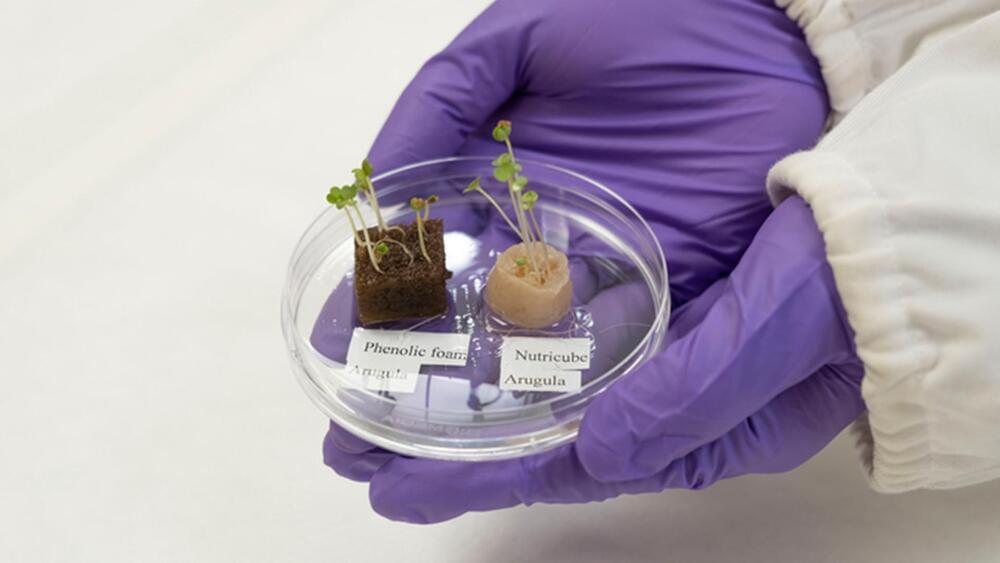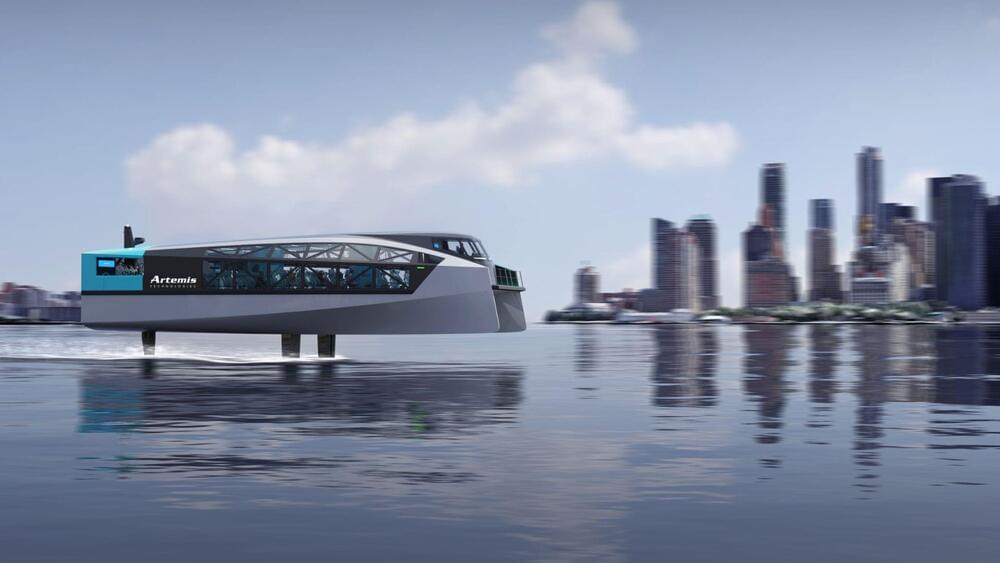Science and religion both flirt with the unknown. Belief is not just about God or ghosts but is an essential need for all humans.



Tesla AI Day 2022 was one of the best technology presentation since long time! In this video I discuss Tesla DOJO updates from Tesla AI Day 2022.
#Tesla #AIDay2022
Support me on Patreon: https://www.patreon.com/AnastasiInTech.
There was in-depth engineering rundowns as Musk asks AI experts to join Tesla and help build a better society.
Tesla AI Day 2022 explored the processes required to mimic the human, driver and worker. The autonomous robot and car were laid out in detail, from an engineering point of view. Elon Musk, the CEO of Tesla, opened the event, and laid out this event’s main focus, including the public in the Tesla projects, especially Optimus Tesla Bot.
The Optimus project begun in April 2022, with a concept of a fully autonomous humanoid robot, that is mass-produced and inexpensive enough that it is accessible to the average person.
Musk introduced the project lead engineer and her assistants.
Tesla.

The keratin-based substrate is biodegradable, eco-friendly, sustainable, and could revolutionize urban farming.
Scientists at NTU grew crops from discarded clumps of hair. Hair served as the growth medium instead of soil.
The research is crucial to a more sustainable form of urban farming.
In a lab at Nanyang Technological University (NTU), Singapore, scientists have been growing crops — leafy vegetables, micro greens, rocket leaves, and the Chinese cabbage bok choy — using discarded hair collected from salon floors.
NTU
Doesn’t sound too appetizing, does it?
The rocket managed to make to the orbit and deliver all three of its payloads.
There was much to celebrate on Saturday as Firefly Aerospace’s Alpha rocket successfully delivered a few tiny satellites to Earth orbit for the first time ever, according to an article by Space.com
Making orbit and delivering payloads
The rocket lifted off from California’s Vandenberg Space Force Base on October 1 at 3:01 a.m. EDT (12:01 a.m. local California time; 701 GMT) and managed to make to orbit and deliver all three of its payloads.

The vessel is claimed to fly above the water thanks to its electric propulsion technology.
Targeting the worldwide high-speed ferry industry, a maritime design and technologies company has presented the plan for its new 100 percent electric EF-24 passenger vehicle.
“Our high-speed passenger ferry provides a cost-effective public transport solution that helps address air pollution, congestion, and noise,” said Dr. Iain Percy OBE, Artemis Technologies founder, and CEO.
Artemis Technologies.
EF-24 is one of many zero-emission ships being created by Artemis Technologies in Belfast, Northern Ireland, according to a press release published by the company on Sunday.

Tesla unveiled its first prototype of its Optimus humanoid robot on Friday — an actual robot this time, by the strictest definition, instead of a flesh and blood human clad in a weird suit. The robot performed some basic functions, including walking a little bit and then raising its hands — all for the first time without supports or a crane, according to Tesla CEO Elon Musk.
The company may be taking its first early steps into humanoid robotics, but it has a lot riding on the business. Musk has said that the Optimus bot will eventually be more valuable “than the car business, worth more than FSD (Tesla’s add-on ‘Full Self-Driving” feature, which is not self driving.)
What was apparent at the event Friday night is that Tesla is making the economically wise, but strategically questionable decision to yoke together the destinies of both Optimus and its Autopilot (and by extension, FSD) ambitions.

Excerpt from an episode of Longevity by Design, hosted by Dr. Gil Blander and Ashley Reaver, MS, RD, CSSD, who were joined by Dr. George Church, Professor of Genetics at Harvard Medical School.
To watch the entire conversation clic here: https://youtu.be/6XnXeVS1m2U